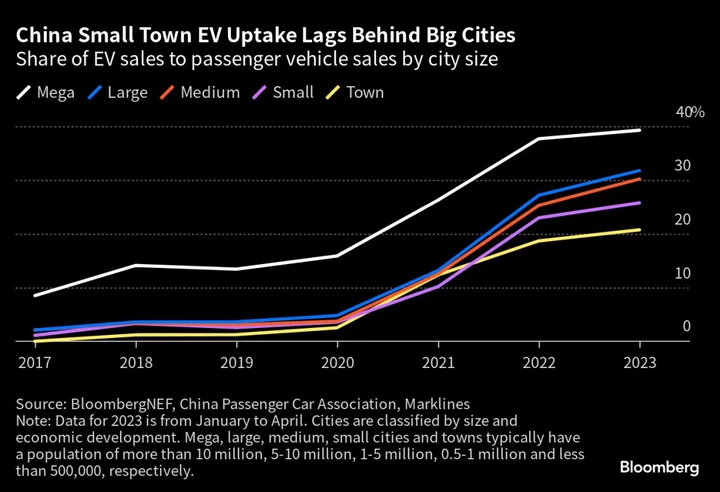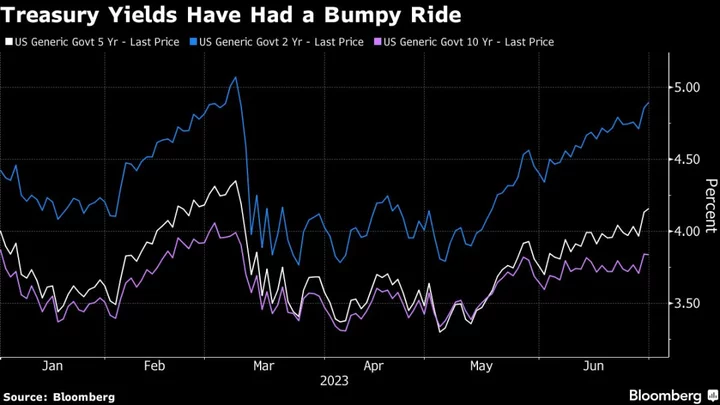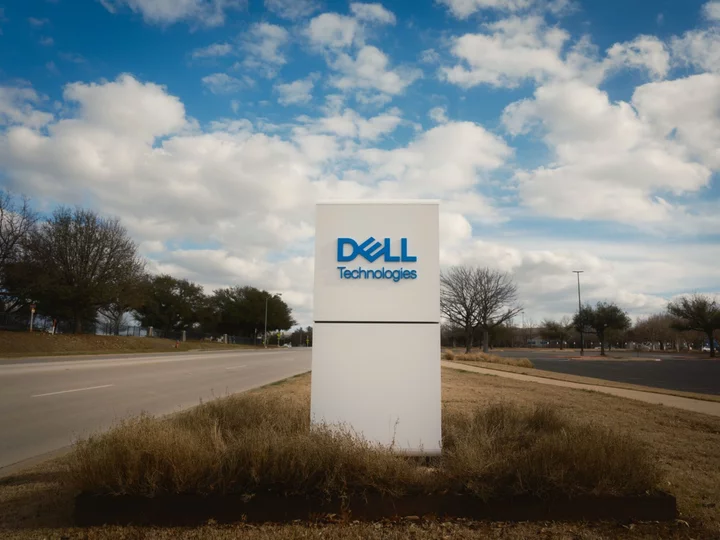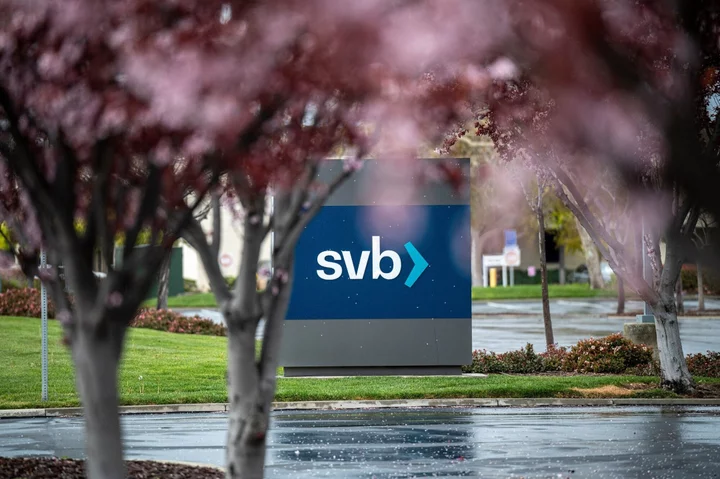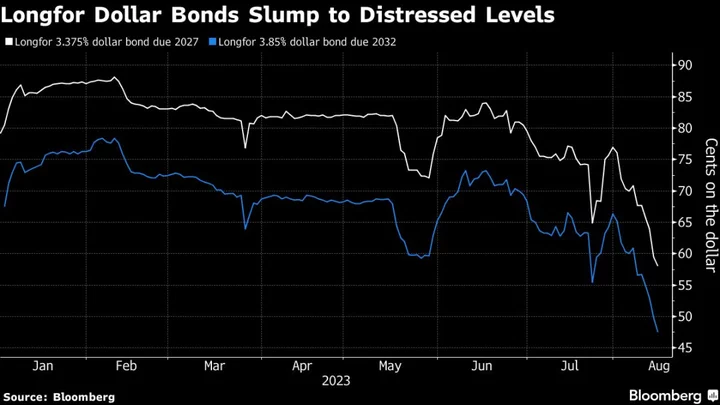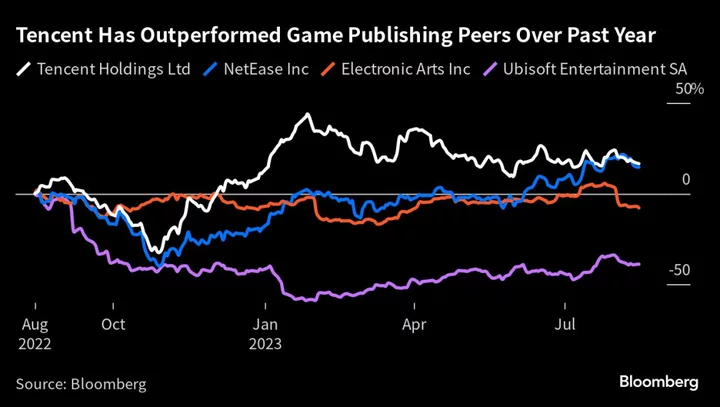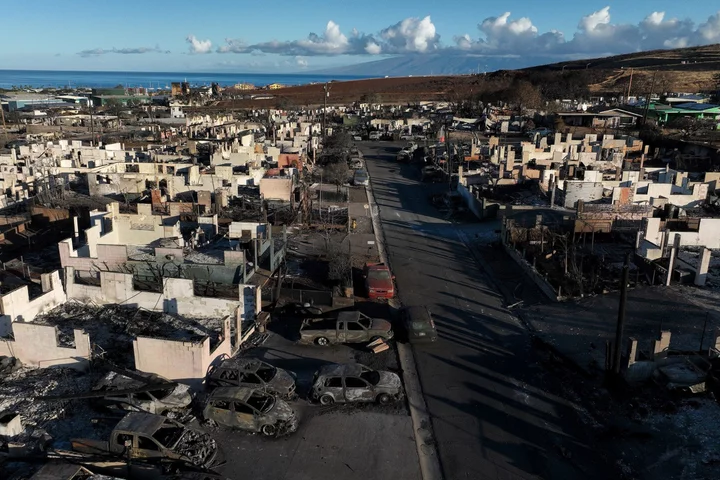To understand the challenges China faces in trying to encourage the uptake of electric cars in its vast rural regions, meet rideshare driver Hu Hang.
The 28-year-old spends his days ferrying workers, students and patients seeking medical treatment the 320 kilometers (200 miles) back and forth from Tanghe, a county of about 1 million residents, to the manufacturing hub of Zhengzhou in his diesel-fueled Maxus G10. The SAIC Motor Corp. seven-seat minivan costs around 180,000 yuan ($25,000). To make the switch to an electric car with enough range to keep him on the road all day, Hu would be looking at something like the 009 multi-purpose van from Zhejiang Geely Holding Group Co.’s premium Zeekr brand which goes for 499,000 yuan — well out of his price range.
“I think EVs will overtake gasoline cars for sure,” Hu said. “But right now, I’m not looking to buy one.”
It’s not just price and range holding back the hundreds of millions of people who live in the thousands of small cities and rural towns across China. A lack of charging infrastructure and dealerships (many EV makers prefer a Tesla Inc.-like direct online sales channel) also deter people from going electric. Then there’s the mismatch between the sleek, tech-laden EVs popular in the wealthy metropolises of Shanghai and Shenzhen with the need for more rugged and practical vans and light trucks needed to haul everything from work tools to farm goods in rural areas.
While China has the world’s largest clean car market, selling 5.67 million such vehicles in 2022, sales have been concentrated in big cities. Overall growth is slowing and the penetration of EVs in less-developed regions is still relatively low — at 21% of new car sales in the first four months of 2023, compared to around 40% in the largest cities, according to BloombergNEF. Closing that gap is key toward China’s goal of reaching net zero emissions by 2060 and supporting the nation’s auto industry.
To jumpstart sales, the central government launched the “Green Cars Going Rural” sales campaign on June 15, where auto companies and local governments will promote 69 electric and plug-in hybrid models through live streaming and offline showcases. Most of them are micro cars, sedans and SUVs, with about 10 minivan and light trucks models.
This follows a nationwide drive to promote overall car sales earlier in June and the extension of tax breaks on new-energy vehicle purchases. The country’s economic planning agency said more support is on the way to stabilize car demand and building of charging infrastructure. Carmakers like Tesla have offered discounts on select models to get stock moving.
Still, cash strapped governments in poorer regions have less financial firepower to offer subsidies than wealthy megacities. Zhengzhou, the city where Hu takes his passengers, is offering at least 150 million yuan in car purchase incentives in the first half of 2023, a fraction of the 450 million yuan the tech hub of Shenzhen is doling out.
Despite the hurdles, rural areas are a natural market for EVs, said Yale Zhang, the managing director of Shanghai-based consultancy Automotive Foresight.
“The Chinese government has been pushing EVs in rural areas because it’s a big market with conditions favorable for adoption,” he said.
Unlike densely populated cities where it’s hard to find parking and access a home charger, villages and towns have more standalone houses where a charger can be installed. EVs are also cheaper to run than petrol or diesel-fueled cars, helping people in lower-income rural areas.
Wuling Motors Holdings Ltd., the Liuzhou-based manufacturer nicknamed “the carmaker for the masses,” said its offerings, such as the top selling Hongguang Mini EV series that goes for as little as 38,800 yuan and has up to 170 kilometers of range, have served rural customers well by giving them small and affordable EVs that take care of most daily commuting needs.
The automaker aims to design more EV and plug-in hybrids to fill the gaps through the “125 Project,” a partnership with the local government and the joint venture between Wuling, SAIC and General Motors Co., which has set up a clean car design lab in Liuzhou, according to a company statement.
EVs will take off in smalltown China once models get larger, with longer range and better pricing. BYD Co. launched the sub-compact Seagull hatchback starting at 73,800 yuan in April, which is bigger than the Hongguang Mini and has a range of up to 405 kilometers. It’s a step in the right direction, but pricing will probably need to get down to 50,000 yuan to be widely affordable for the rural market, according to Zhang.
For Hu, the time to switch is still several years away, when he’s had good use of his current minivan and there are more electric models. “If EV technology is mature, and I can save more in costs, why not,” he said.
--With assistance from Jinshan Hong.

